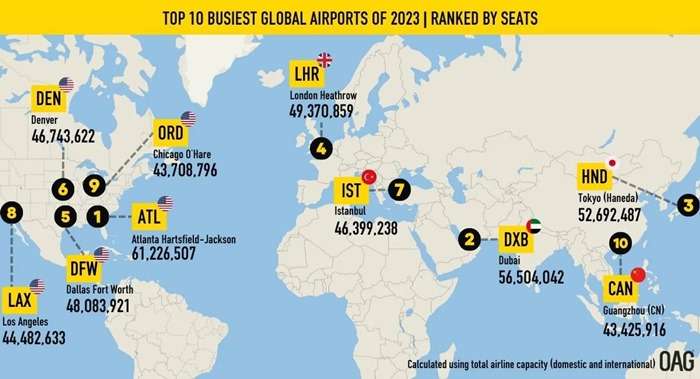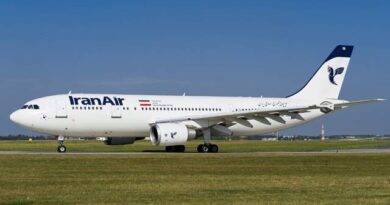The Concept of Multi-Storey Aircraft Parking Systems: A Utopian Vision for Future Airports
Airports in major metropolitan areas like London Heathrow, Istanbul IGA, and Hartsfield-Jackson Atlanta are known for their intense aircraft traffic and frequent record-breaking periods of operation. These bustling hubs of international travel require extensive aircraft parking positions to accommodate the sheer volume of planes. To address the challenges posed by vast airport expanses, the concept of a multi-storey parking system for aircraft emerges as a fascinating, albeit utopian, solution.

The Vision: Multi-Storey Aircraft Parking
Imagine an airport where planes can be parked in multi-storey structures, much like cars in urban parking garages. This innovative idea envisions several levels of aircraft parking, with ramps or elevators designed to move planes between different floors. Additionally, the concept includes the possibility of underground parking close to runways, which would streamline operations and reduce taxi times.
Advantages of Multi-Storey Aircraft Parking Systems
- Space Efficiency: By utilizing vertical space, airports can maximize the use of limited land. This would be particularly beneficial in densely populated urban areas where land is scarce and expensive.
- Reduced Taxi Times: Parking planes in multi-storey structures close to runways can significantly cut down on taxi times, leading to quicker turnaround times and increased efficiency in aircraft operations.
- Cost Savings: Shorter taxi times and improved efficiency can result in lower fuel consumption and reduced operational costs for airlines.
- Increased Capacity: Multi-storey parking can potentially increase the number of planes an airport can accommodate simultaneously, thereby meeting the growing demand for air travel without the need for extensive land expansion.
- Environmental Impact: With reduced taxi times and fuel usage, this system could also contribute to lower carbon emissions, aligning with global sustainability goals.
Risks and Challenges
- Structural Integrity: Constructing multi-storey parking structures that can support the weight of aircraft requires advanced engineering and significant investment. The safety and integrity of these structures would be paramount.
- Operational Complexity: Coordinating the movement of aircraft within multi-storey parking systems could add complexity to airport operations. Advanced automation and precise logistics would be necessary to manage this efficiently.
- Security Concerns: Ensuring the security of aircraft parked in multi-level structures or underground facilities could pose new challenges. Enhanced security measures would need to be implemented to prevent unauthorized access.
- Initial Costs: The upfront costs of constructing such innovative parking systems would be substantial. Airports and airlines would need to weigh these costs against the long-term benefits.
- Emergency Procedures: Developing robust emergency protocols for multi-storey and underground parking areas would be essential. Rapid evacuation and access in case of emergencies must be thoroughly planned and tested.
Feasibility and Future Prospects
While the concept of multi-storey aircraft parking is intriguing, it currently remains within the realm of futuristic and utopian thinking. Significant technological, financial, and logistical challenges must be addressed before it can become a reality. However, as urbanization continues and the demand for air travel grows, such innovative solutions may become increasingly viable.
In conclusion, multi-storey aircraft parking systems offer a tantalizing glimpse into the future of airport design and operations. By addressing space constraints and improving efficiency, they could revolutionize how we manage air traffic in some of the world’s busiest airports. As with any groundbreaking idea, careful consideration of the advantages, risks, and practicalities will be crucial in turning this vision into reality.


